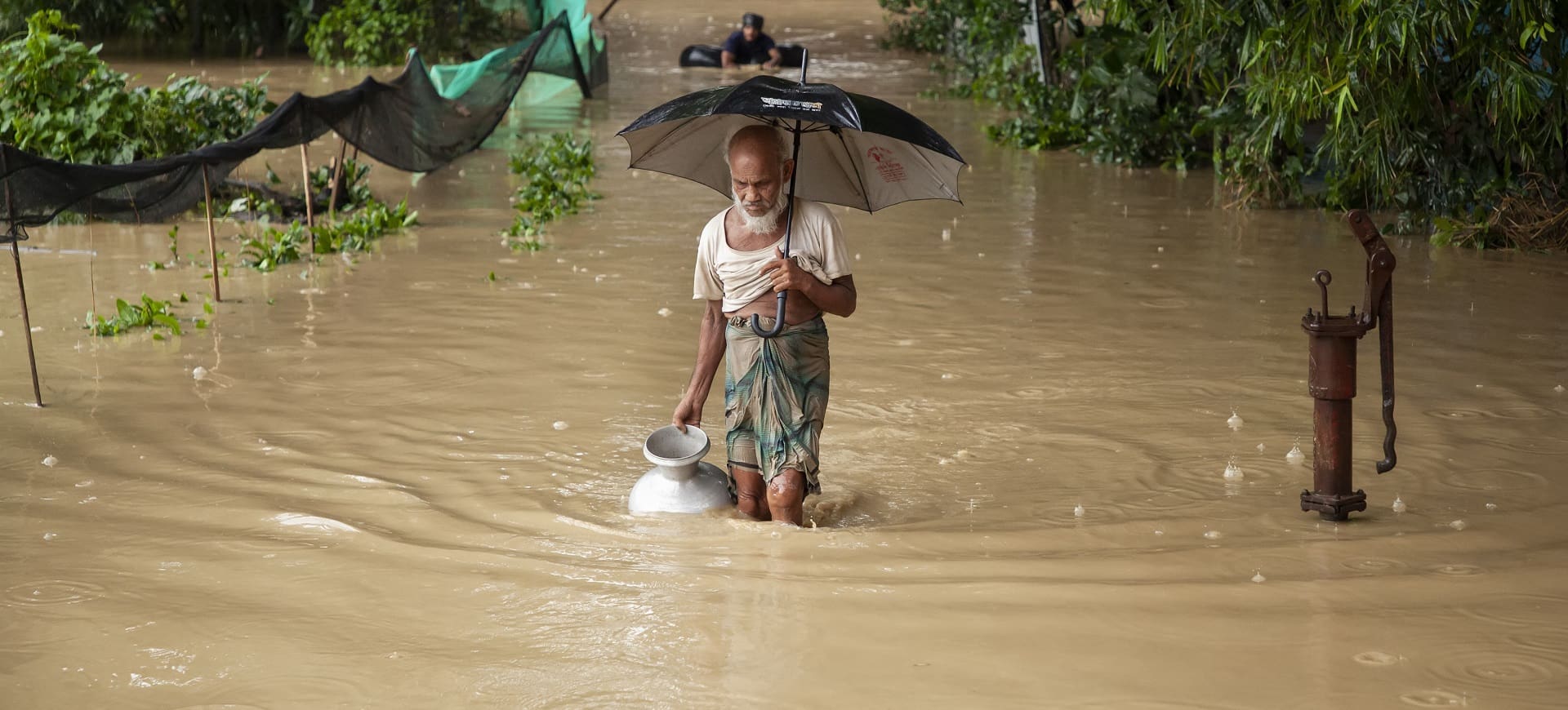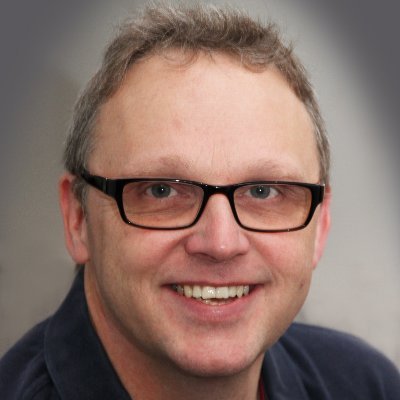
- University home >
- COP28 >
- Rapid, low cost water quality assessment for all
John Bridgeman is JW Hughes Chair of Engineering and Head of Department of Civil and Environmental Engineering. The focus of his research is on experimental and numerical approaches to address the global challenges which we face in managing water security and resource efficiency. Current areas of interest include the numerical modelling of various water and wastewater treatment processes using computational fluid dynamics and lattice Boltzmann modelling, and the development of novel optical water quality assessment tools.
In this interview, John talks about his research around the global challenges in safe, reliable access to water supplies for everybody.
“Wherever you are, water is fundamental to well-being and prosperity.”
Through your research, what have you identified as a critical issue in global water supplies?
In 2022, 2.2 billion people worldwide lacked safely managed drinking water and 3.4 billion people lacked safely managed sanitation. The issues associated with limited access to safe, reliable water supplies are well-documented, and yet microbiological waterborne disease remains a significant concern globally. Pathogens in drinking water sources cause ill health, hindering sustainable settlement development and disproportionately affecting the poor.
A primary concern to water utilities world-wide is to ensure that drinking water does not pose an unacceptable health risk to consumers. The number and type of different pathogens present in waters is extensive, varied and dependent on a range of environmental factors. It is, therefore, not feasible to regularly isolate and identify each specific pathogen.
Reliance has traditionally been placed on the measurement of total plate counts, as an overall indicator of microbial load and detection of contamination. Although precise, these tests can take more than 30 hours to produce results. In the natural environment, often only 1% or less of microbes can be cultured in this way, leading to what has become commonly known as the “great plate count anomaly”.
How do these issues affect less developed nations differently to more developed countries?
In less developed countries, the length of time, expert analysis and relatively expensive reagents needed mean the use of these precise tests in community water management and disaster relief scenarios, such as refugee camps, is problematic and infrequent. Furthermore, these techniques are beyond the reach of those poorest communities in urgent need of drinking water and sanitation improvements. Situations like these demonstrate that rapid science- and engineering-based indicators of safe drinking water are essential to reduce poverty and develop sustainable livelihoods. Such indicators are likely to be most widely adopted when delivered as part of a community-based drinking water solution.
In more developed nations, the challenge to ensure microbial quality is addressed by water utilities through disinfection during treatment processes. Using chlorine, ozone, or chlorine dioxide as a disinfectant in water rich in organic matter, which also acts as a microbial food source, can generate potentially carcinogenic disinfection byproducts. Consequently, utilities must manage the competing needs of biological and chemical compliance. It is, therefore, vital that companies monitor the microbial and chemical quality of drinking water at various stages of treated water supply systems.
How is water quality analysed?
Measurement of both organic and microbial matter currently relies on collection and transportation of discrete samples that can then take days to analyse. Such approaches provide retrospective confirmation of water quality.
In-situ real time measurement is, therefore, highly desirable, as it would enable rapid assurance of water quality. For developed countries, this would facilitate optimisation of process control and overall proactive and preventative operation of water supply systems. In less developed nations it would provide first-level screening and safety assessment of an area's water supply arrangements. There is a pressing need for novel technologies that enable real time, in-situ, low powered and, ideally, continuous analysis of drinking water quality.
How can your research have a real-world impact?
Focusing on these global challenges, researchers from the Department of Civil and Environmental Engineering at the University of Liverpool have developed a novel optical instrument, based on fluorescence spectroscopy, to indicate water quality and suitability for consumption almost instantly.
Research has demonstrated that water fluorescence is particularly good at identifying faecal contamination. The advantages of fluorescence include a rapid analysis time, no sample pre-treatment necessary, and a sample volume of only a few microlitres.
We have developed a prototype LED instrument, ‘Mono Fluor’. This can detect fluorescence at wavelengths that can be used as surrogates for both microbial and organic carbon presence. We have benchmarked prototype performance against research grade instruments and recorded excellent results.
Mono Fluor performance has been assessed when continuously measuring fluorescence at different wavelengths as surrogates for microbial presence and for humic and fulvic acids in pond water. The results demonstrate an appropriate and anticipated response for both types of fluorescence.
Unlike most commercially-available instruments, fluorescence responses can be enhanced by adjusting gain settings. This means the Mono Fluor can be set up to provide an accurate comparison among samples as well as allowing the most appropriate sensitivity ranges to be identified for the quality of water being tested.
The Mono Fluor represents a hugely significant advance for the management of water and wastewater systems in both developed and developing countries as it offers multiple potential uses within the global water industry. It uses inexpensive, off-the-shelf equipment and allows both expert interpretation of results and simplified pictorial interpretation for use by non-experts. This provides the additional benefit of community empowerment through involving poor water users themselves in the application of the technology.
What are the next steps for this innovation?
We are now working to refine the instrument design to suit the needs of water utilities in developed nations, and also develop a version that is ideally suited to disaster relief and areas of poor sanitation.
By facilitating the timely detection of unsafe sources of drinking water, the Mono Fluor should offer a reliable technique to help minimize the likelihood of future widespread outbreaks of cholera and other water-related diseases in areas of poor sanitation.
